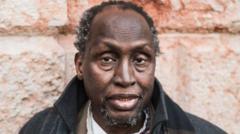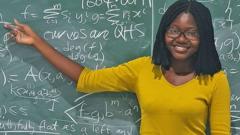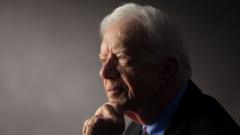Alessio Figalli, a prominent mathematician affiliated with ETH Zurich and the Institute for Advanced Study in Princeton, explores the intriguing concept of optimal transport—the study of the best paths for moving resources from starting points to endpoints. With a focus on efficiency, Figalli’s research spans topics from natural phenomena like clouds and crystals to applications in technology such as chatbots.
Recognized for his contributions with the Fields Medal in 2018, Figalli is particularly drawn to mathematical problems that arise from real-world situations. He expressed a love for the discipline's "sense of eternity" during an interview, reflecting on the enduring truth of mathematical proofs, which remain verifiable regardless of time. “If you prove a theorem, you prove it. There’s no ambiguity,” he noted, emphasizing the reliability of math across generations.
The foundation of optimal transport can be traced back to Gaspard Monge, an 18th-century French mathematician whose work was initially inspired by military engineering challenges. Monge’s innovations, particularly relevant during the Napoleonic Erain, improved logistical efficiencies for constructing fortifications, minimizing material transport costs across Europe.
In 1975, Leonid Kantorovich was awarded the Nobel Prize in Economic Sciences for enhancing the theoretical framework surrounding resource allocation. Dr. Figalli conveyed an enlightening example wherein optimal transport analyzed the distribution of croissants between bakeries and coffee shops. In this scenario, the goal shifted from individual profit maximization to enhancing collective well-being—an aggregate optimization that complicated matters, as the decisions of one bakery influenced others.
The discussion with Dr. Figalli unfolded at a recent New York City event organized by the Simons Laufer Mathematical Sciences Institute. This exchange, highlighting the intricacies and significance of optimal transport, showcases the profound impact of mathematics on a multitude of disciplines, echoing the relevance and necessity of continual research in this fascinating field.

















